How a growth team can boost KPIs of 6 departments within your company

We have already talked about how a growth team should primarily focus on one key metric. But that doesn’t mean it can’t sometimes test hypotheses that aren’t aimed at it. As secondary tasks, the growth team can conduct experiments for other teams to help improve their performance and boost the company.
Each company has a unique departments structure, so there is no straightforward answer to who and how the growth team should interact with. It is clear when you start building processes within it.
Let’s talk about how it works at Dashly: which departments the growth team interacts with and how it helps them. Then you can adapt these processes to your own needs.
Test growth hypotheses quickly and without developers with Dashly

How a growth team helps a marketing team
At Dashly, the growth team is part of a larger marketing team. In addition to this, the marketing team includes an editorial team, design production, video production, employees responsible for events and partnerships, analytics, and SEO. The founder of the company and CEO, Dmitrii Ive, manages all of these teams.
The Dashly growth team interacts with all teams together and individually. However, its hypotheses mainly focus on lead generation, directly related to marketing. Therefore, the growth team calls the marketing team every Friday for sprint reviews and shares all tested hypotheses, their results, and insights.
The marketing team needs to know which acquisition methods work and which do not. Therefore, the growth team should regularly share the results of the hypotheses with them.
Thanks! Here’s your copy of 100 growth ideas
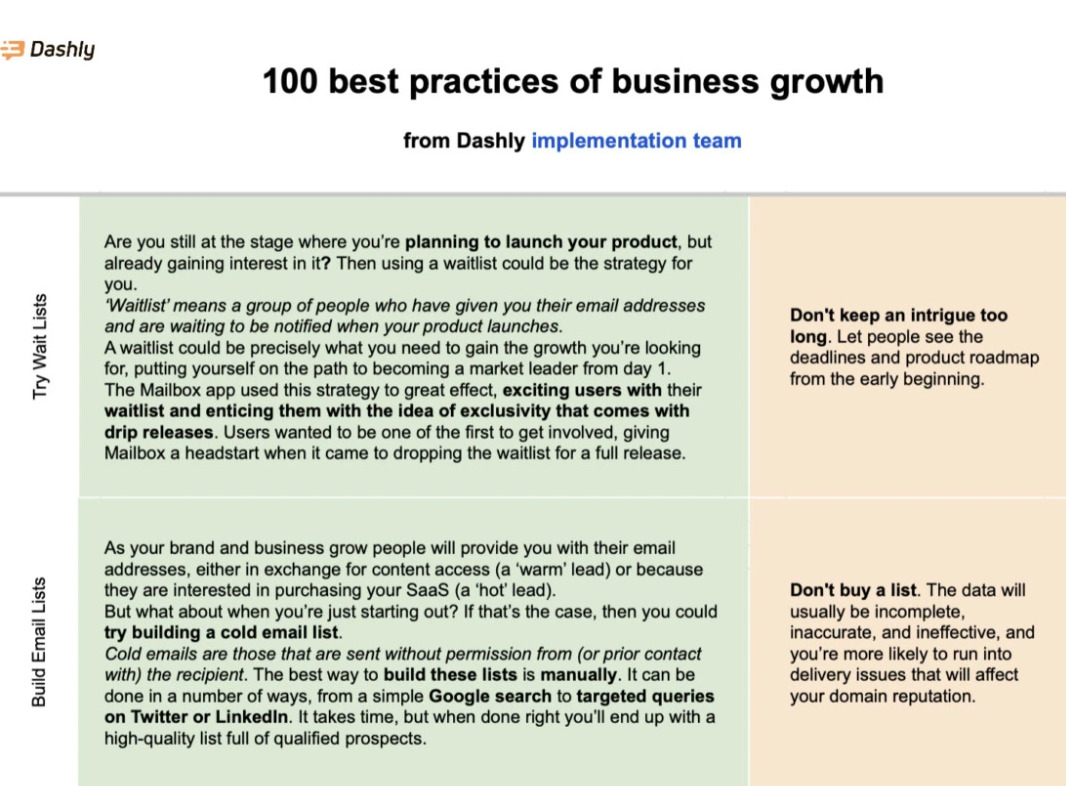
How a growth team helps a design and production team
This is a department you will hand over most of the hypotheses for scaling. They will create beautiful designs, layouts, and ultimately implement hypotheses for the entire audience.
The team lead of Dashly production team attends growth meetings and participates in the discussion of hypotheses and their results. The growth team’s vision can become blurred during the process, making it difficult to think objectively. Thus, he provides a “fresh perspective” for the growth team. The production team lead suggests how to improve the growth marketing hypothesis or why it may not have worked in the end.
Invite the production team leader to participate in growth meetings. Production need to be aware of the tested hypotheses because they will be responsible for scaling them if they prove successful.
How a growth team helps a content team
The growth team at Dashly tests hypotheses “on request” for the editorial team. For example, the chief editor of the Dashly blog brings a list of topics for articles to the growth team and asks them to test which one will better engage users. The same goes for lead magnets. Such tests allow the content team to focus only on the “hottest” and promising materials.
With the help of the growth team, content managers can test article topics and lead magnets to choose only the most promising ones for work and improve existing materials.
How a growth team helps product marketers
The growth team at Dashly tests the message for our platform features release. For example, before releasing a new feature, product marketers want to understand how to tell users about it. So they provide several variations of a message with positioning, and the growth team checks which one resonates more with the audience.
The product marketing team, together with the growth team, can test the message for features releases to understand how to position the product better and “hook” users.
How a growth team helps HR team
The Dashly growth team tests growth marketing hypotheses for attracting employees. The HR and growth teams can attract employees to the company and convey its vision, mission, and values.
For example, growth team made a post on Instagram where told how Dashly appreciate and treats its employees. Sure thing, they invited experts to join our company and we got excellent candidates.
HR team, together with the growth experts, can attract new employees to the company. They can convey the main values, company’s vision and mission.
How a growth team helps sales managers
Dashly growth team passes on all attracted leads to the sales team. That’s why they communicate a lot.
At Dashly, the growth team learns from the sales team how to sell our product — they watch recordings of demonstrations for clients and try to scale successful cases. For example, the team looks for insights in the demos, such as how clients name features or why they turn to us, and what their “pain points” are.
Then the growth team uses this information in offers: this way, we speak the clients’ language and hook them “on the spot.”
Example: we used similar wording to attract clients in the Dashly chatbot script. The hypothesis brought in leads on the next day of the launch. You can see the entire script in our video.
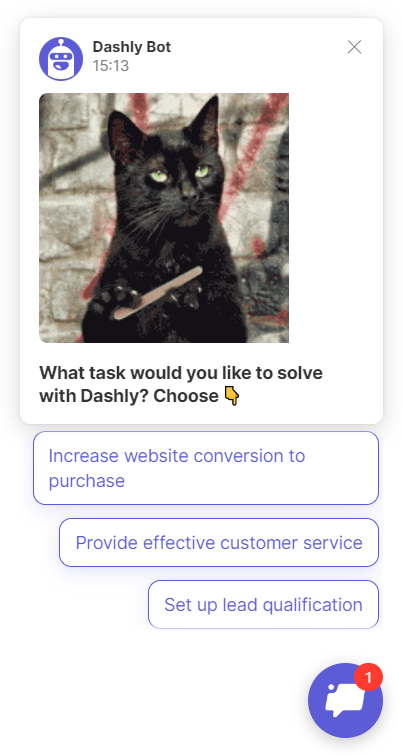
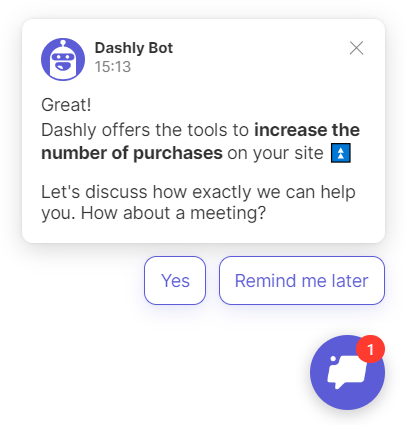
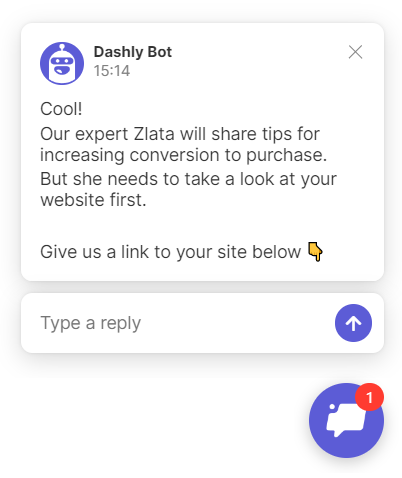
The marketing growth team is responsible for the quality of leads — because if the leads are non-targeted, sales won’t be able to sell them anything. Thus, growth marketers learn from sales how to sell the product. It helps to bring hot leads who are genuinely interested in the product and related services.
To coordinate the work of the sales and growth teams, we have a separate joint chat in Slack. In it, the teams discuss:
- What hypotheses the growth team is going to test. This way, the sales team understands what leads to expect and how to personalize a conversation with them.

- What issues arise. For example, if the growth team notices that the sales has become slower in calling new leads, they investigate the issue. Perhaps there are too many leads, and the sales managers cannot process them quickly enough. Then the teams agree that they need to adjust advertising campaigns and slow down a bit with the delivery of leads.
- The quality of the leads that come from campaigns — whether it is possible to convert them into a service demonstration.
Create a shared chat for the growth and sales teams to synchronize, and discuss the quality of leads delivered and issues in their joint work.
The Dashly growth team holds “lead review committees” every other Friday. Sales, production, and growth team leaders participate in them. Leaders from other teams can also attend to discuss something with the growth team. During these calls, participants analyze how many high-quality leads the growth team brings in, what is good and what is bad, and whether they are achieving their target metrics.
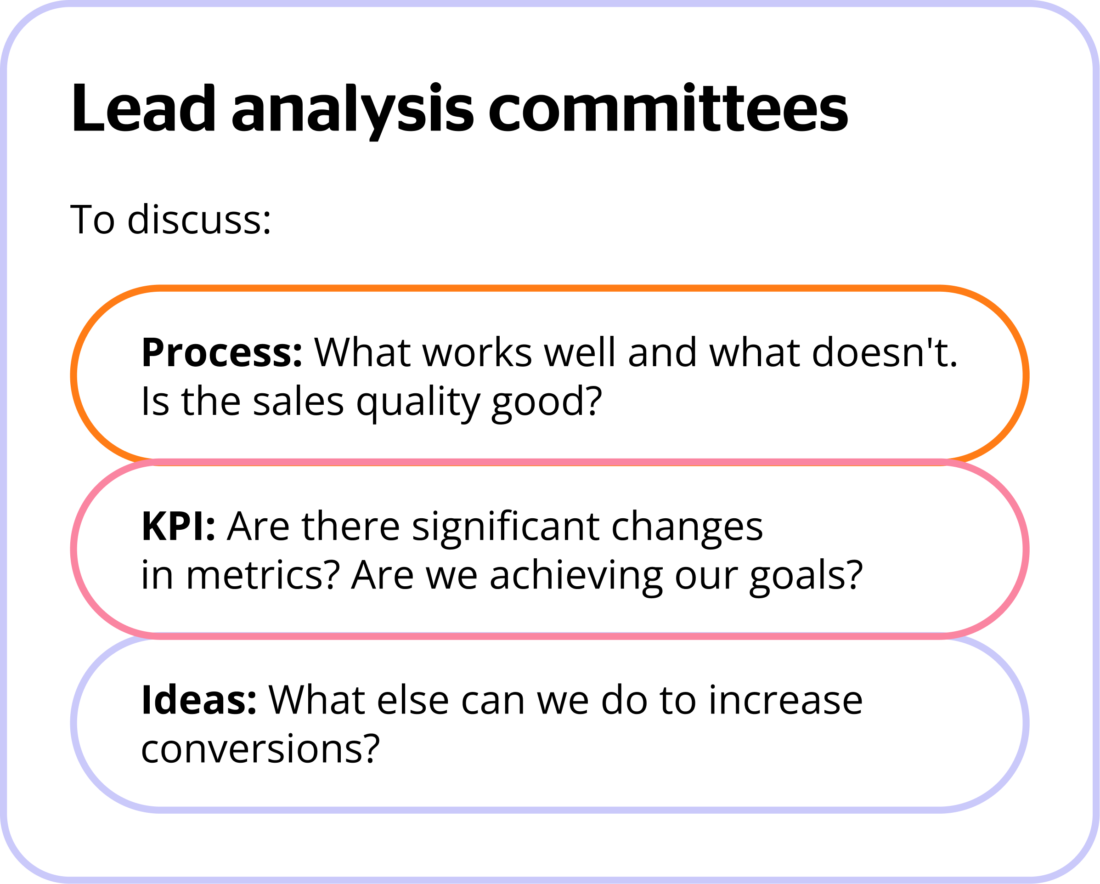
Implement regular meetings with sales, production, and growth team leaders and other interested team leaders. Discuss lead quality, achievement of the growth team’s target metrics, and ideas for achieving them.
Thanks! Here’s your copy of the growth strategy template
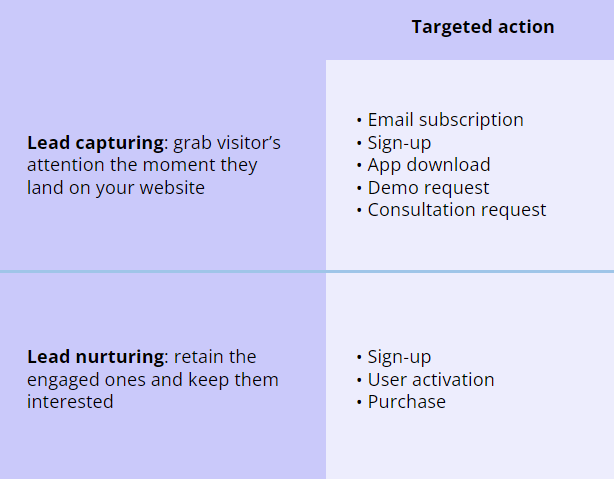
Let’s sum up
What is growth marketing?
Growth marketing, or growth hacking, helps companies achieve rapid, exponential growth by constantly testing hypotheses.
Which teams can a growth team help?
Any. In Dashly, the growth team assists the marketing, production, editorial, product marketing, sales, and HR teams.
Want more ideas for your growth strategy? 👇
Read also:
- RevOps tech stack: Guide to the best tools
- Revenue operations metrics: 10 metrics and KPIs to track your performance
- Product led growth metrics: 13 key indicators for SaaS companies to track
- PLG tools: Ultimate guide to the best instruments
- Benefits of Product led growth: 12 PLG benefits for your business
- Sales led growth: What is it and why your business needs it
- RevOps best practices: 13 tactics to implement this year
- Growth marketing framework: Battle-tested insights from Dashly experts
- Growth Product Manager: Charting new frontiers in product scaling
- 20 product led growth examples to inspire your team [expert edition]
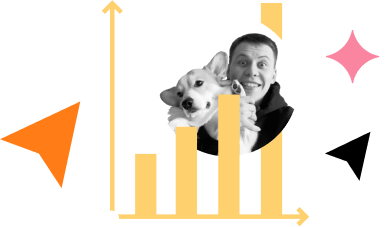



![The ultimate guide to growth marketing in 2025 [explained by a growth hacker]](https://www.dashly.io/blog/wp-content/uploads/2023/04/The-ultimate-guide-to-growth-marketing-explained-by-a-growth-hacker-720x317.png)